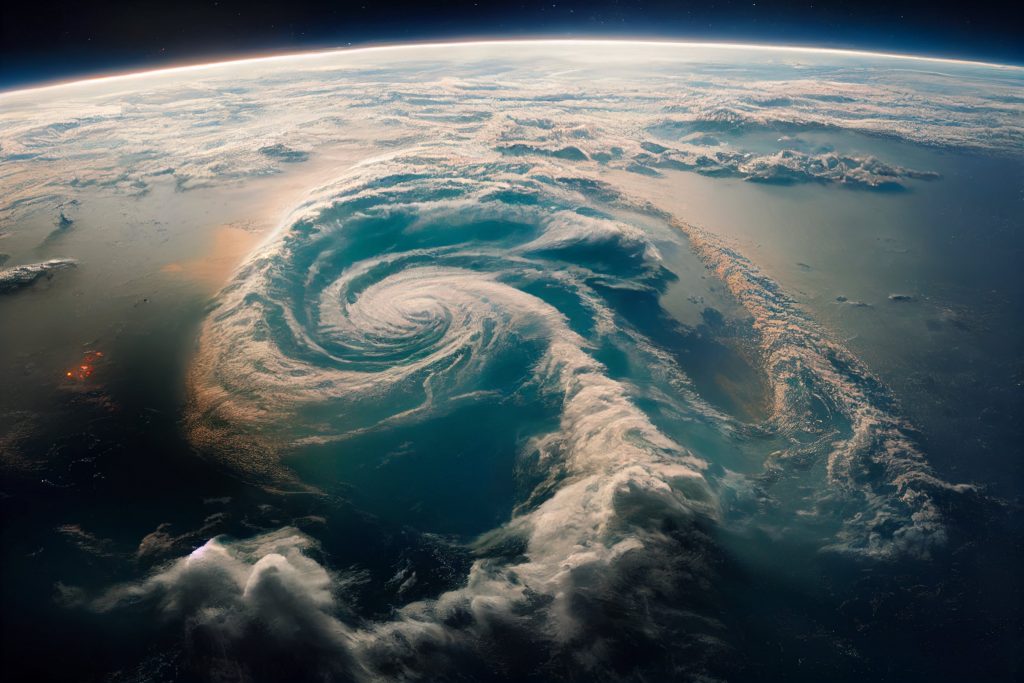
Creative sustainability: The New European Bauhaus
In the pre-WWII era, the German design school set the template for beautiful, functional design with a focus on the built environment. In its modern iteration, the New European Bauhaus integrates the principles of sustainability, inclusivity, and aesthetics to propel innovation and move society towards more sustainable development.











